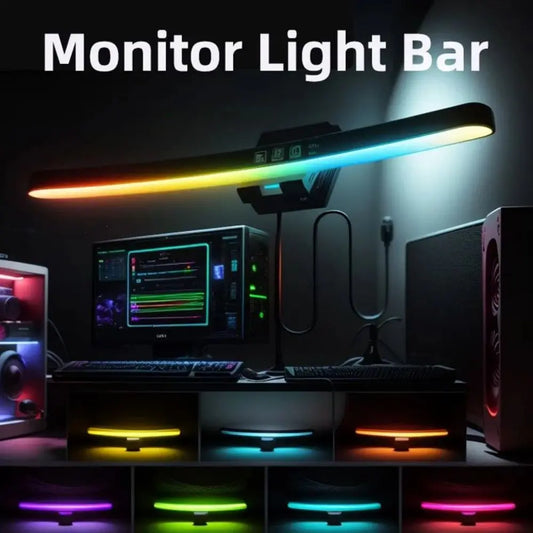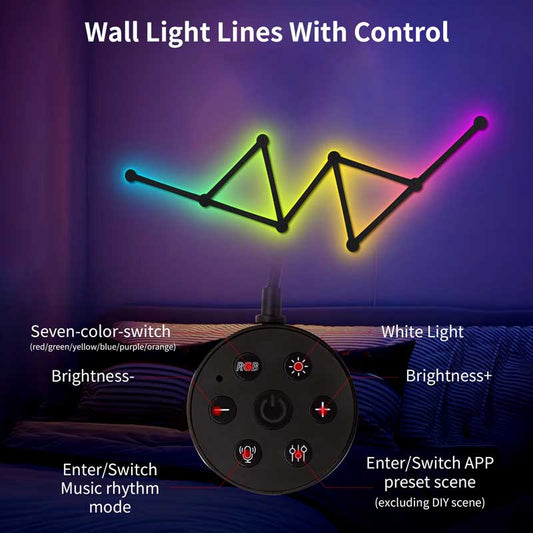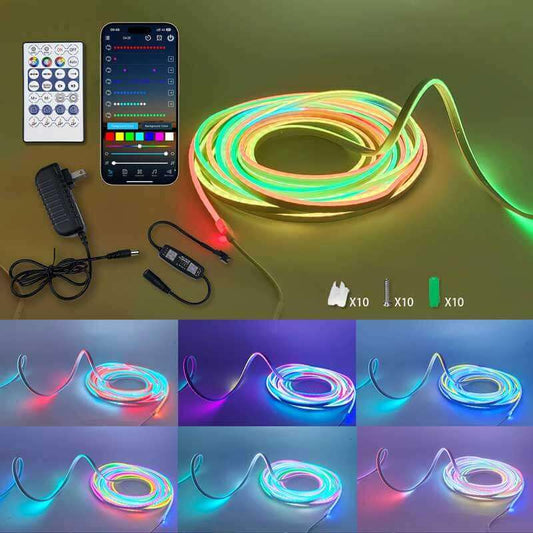Why are LED mirrors so expensive?
Share
LED mirrors can be more expensive than traditional mirrors for several reasons, primarily due to the combination of the LED technology, advanced features, and premium materials involved in their design and manufacture. Below are the key factors that contribute to the higher cost of LED mirrors:
1. LED Technology and Integration
One of the main reasons LED mirrors are more expensive is the integration of LED lighting within the mirror itself. Unlike traditional mirrors that only reflect, LED mirrors require specialized manufacturing to incorporate energy-efficient LED lights into the frame or surface.
- LED components: The cost of the LED strips or panels and the process of embedding them into the mirror can drive up the price.
- Energy efficiency: While LED technology is energy-efficient, the components and materials used to achieve this efficiency often come at a higher initial cost.
2. Advanced Features
Many LED mirrors come with additional smart features that add to their cost. These may include:
- Touch sensors for turning the lights on and off.
- Adjustable brightness settings to customize lighting intensity.
- Color temperature control, which lets you switch between warm, neutral, and cool lighting.
- Anti-fog technology, which prevents fogging up when using the mirror in high-humidity areas like bathrooms.
- Bluetooth speakers or USB charging ports built into the mirror for added convenience.
- Smart capabilities, such as the ability to connect to apps or voice assistants.
These features require advanced circuitry, more complex assembly, and, often, higher-end materials, which naturally increase the price of the mirror.
3. Premium Materials
LED mirrors are often made using high-quality materials such as tempered glass, stainless steel, or brushed aluminum, which contribute to their durability and aesthetic appeal. The cost of these materials, especially when used in large quantities or in more stylish designs, increases the price of the final product.
- Tempered glass is safer and more durable but adds to the cost.
- Stainless steel frames and high-end finishes for aesthetic purposes also contribute to a higher price.
4. Manufacturing and Labor Costs
The production process for LED mirrors is typically more labor-intensive than that of regular mirrors. Assembling the mirror, integrating the lighting, and testing for quality control all require skilled labor, which can make the manufacturing process more expensive.
- Precision and quality are essential for a functioning LED mirror, and mistakes during production could lead to failures in the lighting system, so more care and attention are necessary.
- Handmade or custom designs can further increase the cost, especially for mirrors with unique features or shapes.
5. Design and Customization
LED mirrors are often designed to be stylish and modern, and some may come in unique shapes, sizes, and configurations. Customization options, such as custom framing, size adjustments, or personalized features, can significantly increase the price.
- Modern aesthetics are often a driving factor for those who want a sleek, sophisticated look, and this typically means paying more for higher-end designs.
- Customizable features often add to the complexity of the mirror’s design, which raises manufacturing and design costs.
6. Brand and Market Positioning
Just like many other premium products, the brand of the LED mirror can also influence its price. High-end or luxury brands typically position themselves in the market to offer superior quality, unique designs, and advanced features. As a result, they charge a premium for their products.
- Brand reputation: Established brands with a reputation for quality and reliability may charge more due to consumer confidence in their products.
- Market demand: If there's high demand for stylish LED mirrors in certain markets, manufacturers can justify charging higher prices.
7. Packaging and Shipping
LED mirrors are generally fragile and require careful packaging to avoid damage during transportation. The added cost of premium packaging, along with the potential for higher shipping fees due to the weight and fragility of the product, also factors into the overall price.
- Heavy-duty packaging is required to protect the mirror from breakage or damage.
- Shipping costs are typically higher for large, fragile items, which can be passed on to the consumer.
Conclusion: Why Are LED Mirrors So Expensive?
LED mirrors are more expensive than traditional mirrors due to the combination of advanced LED technology, premium materials, added features, labor-intensive manufacturing, and brand positioning. While the initial cost may be higher, LED mirrors offer long-lasting benefits like energy efficiency, better lighting quality, and enhanced functionality, which can make them a worthwhile investment for many consumers.
If you're looking for a more affordable option, consider comparing different models or exploring mirrors with fewer advanced features while still enjoying the energy-efficient LED lighting.
Do you think LED mirrors are worth the investment? Let us know your thoughts!




